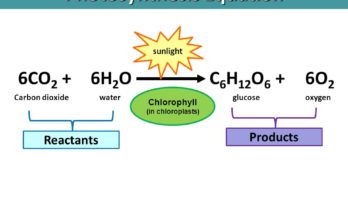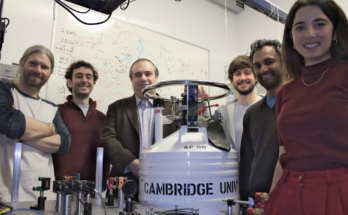
Introduction
In the world of science, groundbreaking discoveries often captivate our imagination and hold the promise of changing the way we perceive the world. However, not all claims of revolutionary scientific breakthroughs stand the test of time. This article delves into the recent retraction of a highly publicized claim regarding a room-temperature superconductor and the challenges faced by physicist Ranga Dias.
A Stunning Claim
The scientific community was abuzz when a paper was published, making a stunning assertion of a room-temperature superconductor. The claim sent ripples through the world of physics and caught the attention of scientists and enthusiasts alike.
The Retraction
However, on November 7, 2023, the scientific world witnessed the retraction of this remarkable paper from the journal Nature. This event marked the third high-profile retraction for physicist Ranga Dias, a researcher affiliated with the University of Rochester.
The Background
Skepticism Abounds
The retraction was no surprise to many within the scientific community who had expressed substantial skepticism about Dias’ work. Even before this latest retraction, questions had arisen about the validity of Dias’ claims, and many other researchers had faced difficulty in replicating his results.
Dias’ Initial Claim
In March, Dias and his colleagues reported in Nature that a compound of lutetium, hydrogen, and nitrogen could act as a superconductor at room temperature. Most superconductors typically require extremely low temperatures or high pressures, making practical applications challenging. Dias’ claim offered the tantalizing prospect of a room-temperature superconductor, potentially revolutionizing electronics.
Interestingly, eight of the paper’s 11 coauthors requested the retraction, asserting that “the published paper does not accurately reflect the provenance of the investigated materials, the experimental measurements undertaken, and the data-processing protocols applied.”
Alarming Concerns
Compared to the previous retractions, this retraction raised more alarming concerns. It wasn’t simply a case of honest mistakes, but rather a significant discrepancy in the publication’s content.
External Questions
Outside researchers had also raised doubts about the reliability of the data presented in Dias’ paper, further fueling the controversy.
Dias’ Response
In response to the allegations, Ranga Dias refuted any accusations of research misconduct and remained steadfast in supporting the scientific conclusions presented in the paper.
Previous Retractions
September 2022
This is not the first time Dias has faced a retraction. In September 2022, another claim of a room-temperature superconductor by Dias and colleagues was retracted from Nature, raising eyebrows in the scientific community.
August 2023
Furthermore, one of Dias’ papers on a different topic, published in Physical Review Letters, was retracted in August.
Data Availability
Physicist Jorge Hirsch of the University of California, San Diego, who was instrumental in raising concerns about Dias’ work leading to the September 2022 retraction, cited a lack of data availability as a fundamental issue in the field. He stressed the importance of researchers releasing their underlying data to maintain scientific integrity.
A Ray of Hope
Russell Hemley’s Belief
Despite the shadow cast on Dias’ work, some still believe in the potential of a room-temperature superconductor. Materials chemist Russell Hemley of the University of Illinois Chicago, who had previously discovered a high-temperature superconductor of lanthanum and hydrogen, expressed confidence in the validity of Dias’ result.
Hemley’s Research
Hemley and his team conducted independent measurements on the material and reported similar signatures of high-temperature superconductivity. He believed that additional groups would eventually replicate the result, supporting Dias’ claim.
University Investigation
In the wake of these controversies, the University of Rochester initiated an investigation into Dias’ work. In a statement released on November 7, university officials expressed their commitment to addressing concerns about the integrity of data across multiple papers led by Professor Dias.
Conclusion
In the realm of scientific discovery, bold claims often face rigorous scrutiny. The retraction of the paper on a room-temperature superconductor serves as a reminder of the importance of transparency, data availability, and the reproducibility of scientific findings.
FAQs
- What is a room-temperature superconductor?A room-temperature superconductor is a material that can conduct electricity without resistance at relatively higher temperatures, potentially revolutionizing electronics and energy transmission.
- Why are the retractions of Ranga Dias’ papers significant?The retractions of Ranga Dias’ papers are significant because they cast doubt on the validity of his groundbreaking claims and raise questions about scientific integrity.
- What are the challenges of replicating scientific results?Replicating scientific results can be challenging due to variations in experimental conditions, materials, and measurement techniques. It requires meticulous attention to detail and transparency.
- How can the scientific community ensure the integrity of research?Ensuring research integrity involves practices like sharing underlying data, peer review, and transparency in methodology, which allows for the verification of scientific claims.
- What are the potential implications of a room-temperature superconductor?A room-temperature superconductor could have transformative implications for various fields, including electronics, energy transmission, and transportation, by making these technologies more efficient and sustainable.


